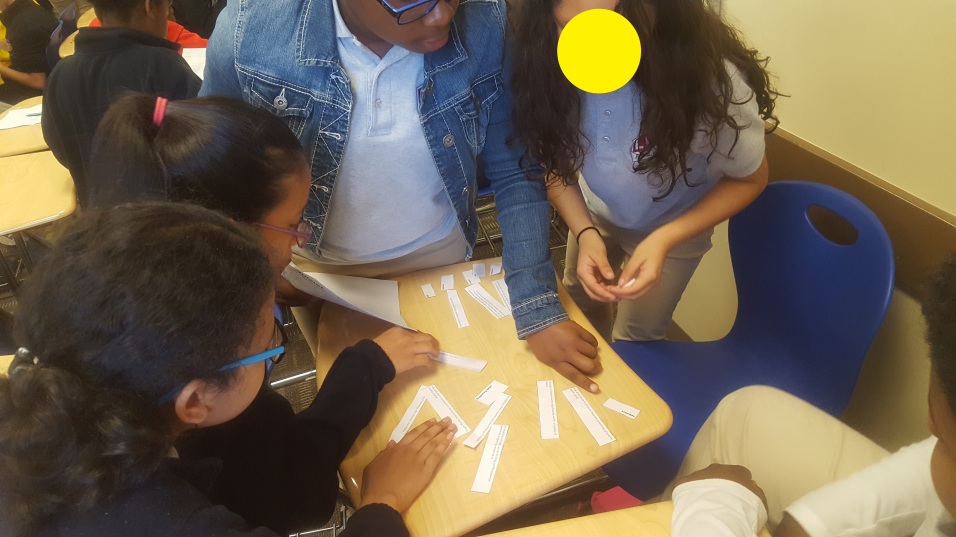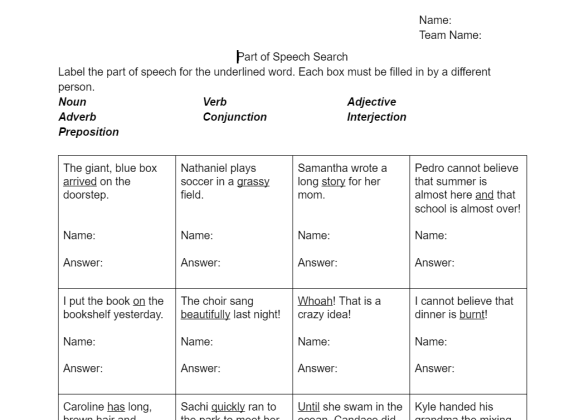It’s officially summer break, and this teacher is so happy. I just finished (read survived) my second year teaching – yay! While this year was easier having the experience, it certainly had its challenges. Our district opened a new school, and I was part of the inaugural team. This not only meant a new team, but a new building, new admins, new curriculum opportunities, hundreds of new families, and kiddos that have never been in our district, following our rules and procedures. Next year (my third year), will certainly be easier since we will have indoctrinated the students and families to our ways.
Reflecting on my year, though, the newness of the school is not what stands out in my mind. Yes, I think the newness made us all feel more like a family, creating something together. And the kids sure got a kick out of all of “the firsts.” They got to be the first to play on the playground, the first to sit in their desks, many were the first to use their textbooks and classroom novels, the first to sit in the classrooms, scuff up the floors, sticker up the lockers, and bring laughter to the halls. But what really stands out to me are all of the experiences that I got to share with my students. Having finished my masters in December, I had buckets full of newfound time that I could dedicate to creating more engaging lessons. I discovered that creating a fun name for an activity is sometimes all it takes to turn a boring, run of the mill worksheet into the most anticipated day of the week, month, or even semester. We did two big activity days that the kids were talking about up to the last day of school: Review Olympics and Escape Room.
The first, “Review Olympics,” was a day of games meant to review concepts before our unit test. I stole activities and worksheets from other days, things I knew the kids had enjoyed and learned from, modified them for the current content, and told the kiddos we would be competing for The Olympics. They got together in teams of 4 and picked a team name, and then it was off to the games. The key to making every student participate, I found, was telling them that their team would be disqualified if not every student participated. I would not disqualify the team from every game, just the game they were lacking participation. While this sounds extremely harsh, I found that students were more likely to pull their lagging teammates along with the added incentive. Oh, and I also had real prizes that I picked up from the Target Dollar Spot (slime, fun erasers, notebooks, locker mirrors).

The activities, while involving a TON of prep (thank you to my kind, eager, helpful students for cutting and sorting many sentences and game pieces), were an easy and fun way to check for student understanding. They also allowed me to help students/groups one on one who were struggling with the content. The main activities I used were:
- Definition sort (seen above) – give students definitions of literary terms and words; they must then sort the words with the correct definition
- Part of Speech People Hunt (Kagan Strategy) –

- Figurative Language Four (8) Corners – Due to the large number of “corners” and the congested room, each team sent a representative to the front. The representatives stood with their backs to the wall, could not run, shove, or otherwise impede the travel of the other participants. I read an example of figurative language and they went to the appropriate label. This was really fun to watch their brains work, especially on the idiom/hyperbole examples.
- Quizizz – This was an independent game. Each person must complete the quizizz (and then I could see their data for later remediation/support), but the team with the single highest score won the points. This helped to give the early finishers something to do. Since it was still essentially a team competition, they wanted to make sure that all players do well. If you haven’t created quizizz before, you need to. They are super easy, and the kids like them more than kahoot. (and they have fun memes!)
- Narrative Writing Grading – Because 6th graders get tested on narrative writing, I wanted to incorporate a narrative writing activity into the ACT Aspire Games. I gave students a writing sample and asked them to give it a grade. They used a rubric and collectively came up with a grade. The key for judging this activity was to give students a clear guideline to follow. I asked my students to, following the rubric, give the author 3 things he/she did well and 4 things he/she needs to improve upon.
I definitely plan on hosting the Review Olympics again next year. I need to be better at saving my supplies so that I don’t have to recreate them every games. But I honestly cannot think of a more engaging activity in my classroom.
What do you do in your classroom to review? What is the most engaging activity you lead this past year?


